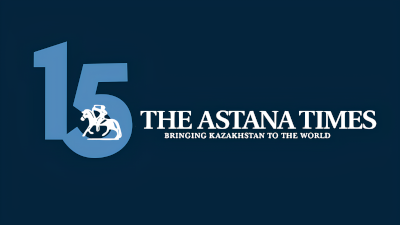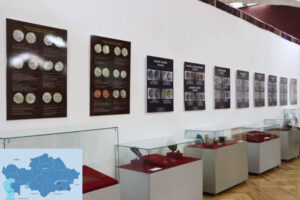ASTANA – Kazakhstan’s Central State Museum in Almaty unveiled an exhibition on Feb. 20 aimed at promoting the country as the successor of the Golden Horde empire (Ulus of Jochi) and a state that has preserved the rich historical and cultural heritage of that period, both nationally and internationally, reported the museum’s press service.
The exhibition showcased rare artifacts from archaeological collections, divided into three thematic sections. The first one, dedicated to medieval archaeology (13th-14th centuries), displayed artifacts reflecting the nomadic and urban cultures of the Golden Horde. These included items unearthed during the 1946-1950 expeditions led by academician Alkey Margulan. These finds, from Otyrar, Taraz, Sairam, Syganak, and Saraishyk, included architectural fragments and miniature models of Syrlytam, Bolgan-Ana, and Jochi Khan mausoleums.
The second section featured items found near the mausoleums of Jochi Khan and Bolgan-Ana, including a wooden threshold, a qubba (decorative dome element), painted tiles with Arabic inscriptions, and silver and copper coins from the Golden Horde period.
The third section showcased glazed ceramics, metalwork, jewelry, household items, and coins minted in Saraishyk from the late 12th to early 14th centuries. Numismatic materials from Khorezm, Samarkand, Iran, and the Golden Horde were also on display.
A roundtable discussion accompanied the exhibition on preserving, restoring, and studying the Golden Horde’s historical and cultural heritage.



